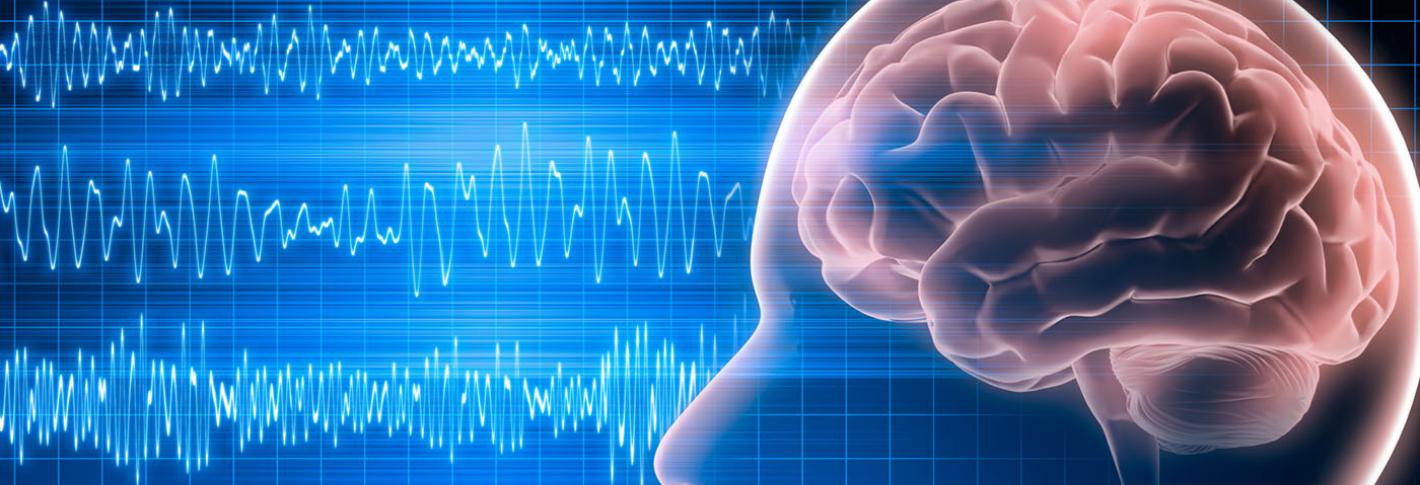
Tonegawa’s lab investigated how ripple bursts in the hippocampus, a brain region critical for spatial learning and memory, are produced. During periods of rest, ripples co-occur with activation of hippocampal neurons called place cells, which are specialized neurons that are linked to specific locations along a track and fire in sequence when rodents take breaks from running the course and when the animal is asleep. It has been previously shown that the length of this mental replay of the track can be extended when ripples are chained together, which are called ripple bursts. Identifying the neural circuits that elicit ripples bursts and extended replay had remained elusive.
In a new article published in Neuron, lead author, Jun Yamamoto, shows that the length of this mental replay and ripple bursts, depends on input from the medial entorhinal cortex. However, ripple bursts and extended replay are only affected when the animal is awake, but not when asleep. When another region of the hippocampus, called CA3, was inhibited, ripples and replay were suppressed both in the awake and sleep states.
These findings show how spatial information, carried by brain waves, interact, where they are generated, and may provide greater insight into neurodegenerative diseases that result in spatial memory deficits, such as Alzheimer’s disease





